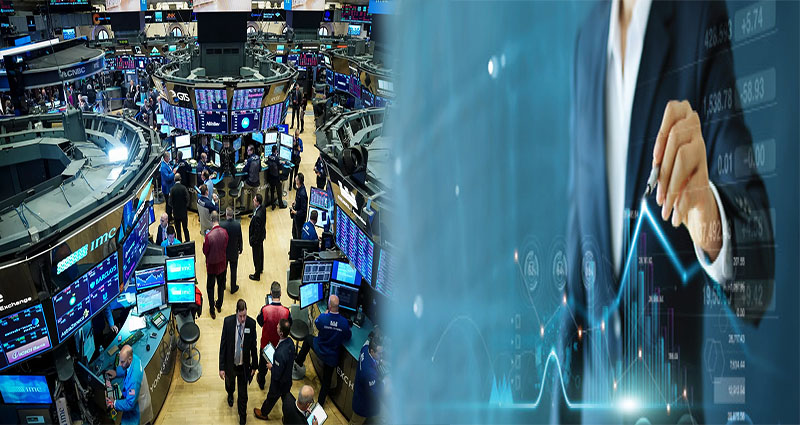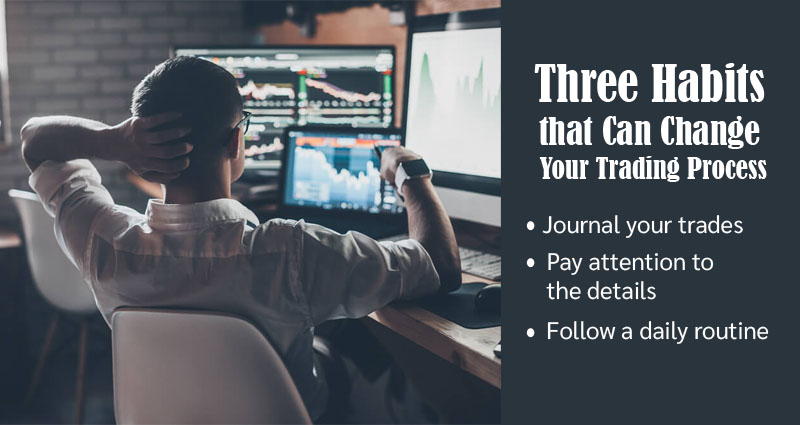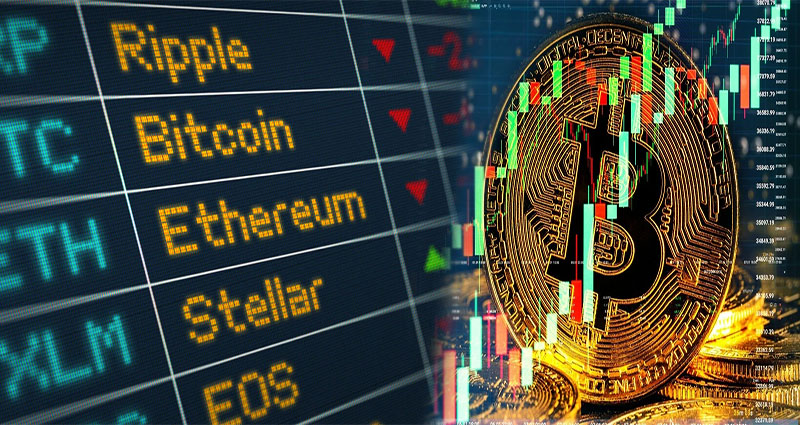The trading mechanism in the stock exchange involves the purchase and sale of securities. The trading is done by a broker who is trusted by the investor to get the best possible price. The broker must also settle the account and pay for the sold securities on time. It is important to understand the trading mechanism in the stock exchange before engaging in it.
Order driven market
An order-driven market is a market where the price of a given security is determined by a single order from a single firm. This kind of system works very well for retail order flows, such as those involving liquid stocks. However, these systems also require structural support to avoid collapse, especially when the market is under stress. Such stress can be caused by news and events such as the opening or closing of the market. It can also be caused by a large buy-or-sell order, which can cause prices to fall free. In these situations, the problems of maintaining a fair and orderly market will become more apparent.
One major advantage of an order-driven market is that it is transparent. The order book contains the total market orders. However, this does not mean that an order will be executed. In contrast, a quote-driven market guarantees that a trade will be executed. The order-driven system is also known as a hybrid market. The New York Stock Exchange and Nasdaq are examples of such markets.
Liquidity provider
A liquidity provider is a middleman that connects buyers and sellers across time and space, allowing supply and demand to match up in a timely manner. This provider can be either a buyer or a seller, and it bridges the gap between market participants. The role of a liquidity provider is vital for a number of reasons, including helping long-term investors to buy or sell stock whenever they wish. Moreover, liquidity providers can help agricultural and food production companies hedge against the rise or fall of their crops and ingredients.
Liquidity providers are the ones who own large volumes of company shares, and fill buy and sell orders placed by brokers. This increases the liquidity of shares and makes them more readily convertible to cash. This also stabilizes the market by reducing wild fluctuations.
Automated algorithmic trading
Automated algorithmic trading, or ‘algo trading’, is a way of executing trades on a stock exchange without a human being. It works by analyzing market prices and executing trades when predetermined parameters are met. It can be used to reduce the cost of transaction and execute trades faster.
To make use of an algo trading system, a stock exchange must have a live price feed and the necessary infrastructure to execute and receive orders. These systems use software and hardware to read the incoming price feed and run the trading program. In addition to this, they may also need additional feeds of fundamental data and market sentiment.





